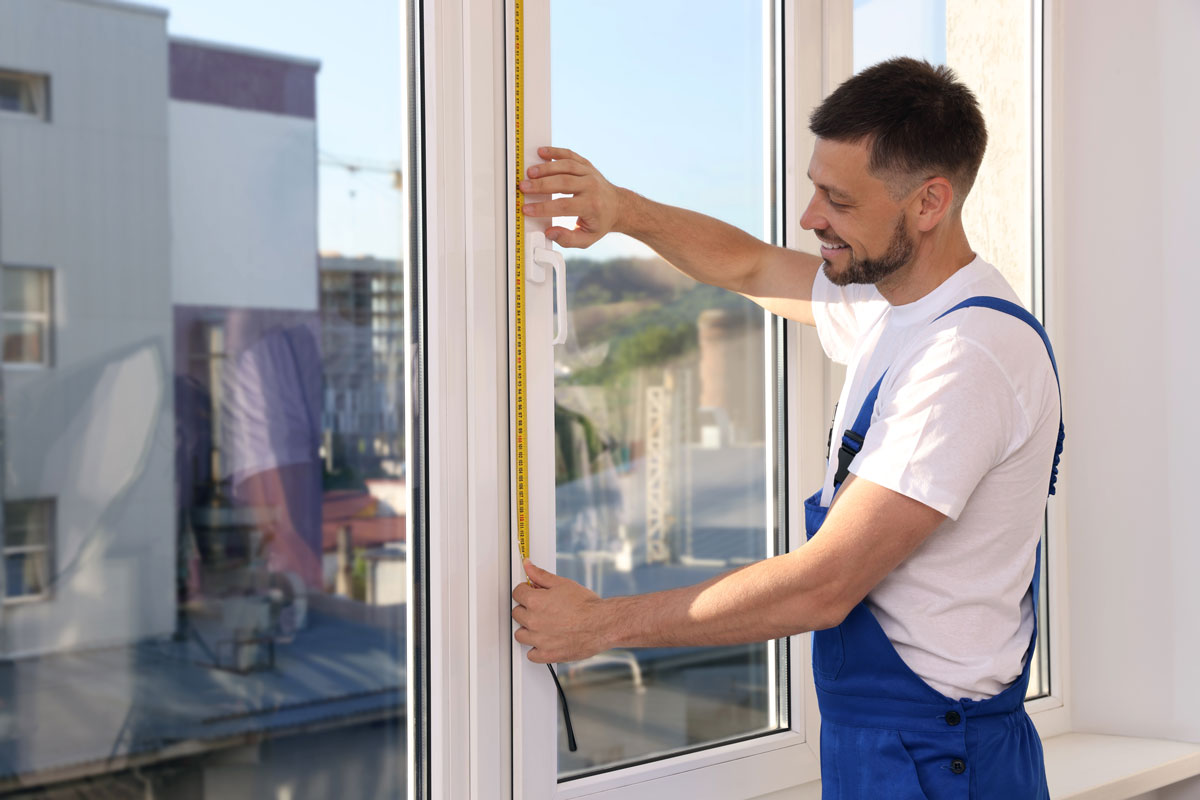These days, home renovation is more popular than ever. We spend a lot of time in our houses, so why shouldn’t we make them as beautiful, comfortable, and efficient as possible?
For all the attention paid to the glamorous parts of the home renovation process – like putting in new floors, or painting the walls – Denver window replacement tends to be overlooked. Even on popular home renovation television shows, new windows seem to just “appear,” without too much thought being given to which window should be used or where they’re going to come from.
With that in mind, we’d like to give you a quick, step-by-step guide to choosing the right replacement windows as part of your home renovation project:
- Match styles to design patterns. Occasionally, homeowners will fall in love with a particular type of window, forgetting that it might not match the overall style or decor of a room. Look at the big picture when matching windows to design patterns.
- Measure everything twice. It goes without saying that getting the sizes wrong when it comes to your Denver window replacement project can lead to delays, headaches, and additional expenses. At New Windows for America, we make sure your measurements are exact and accurate.
- Think colors, lines, and aesthetics. Some styles of windows look even better (or conversely, not as impressive) when put next to certain colors or items of furniture. When in doubt, talk with your New Windows for America design consultant who can make sure your different pieces will work well together.
- Don’t feel confined by an existing window style. A lot of homeowners feel like it’s simplest to just replace existing windows with a newer set of the same style. While that’s sometimes true, you can often dramatically change the look of a room just by experimenting with different window replacement options.
- Look ahead to maintenance. Some lower-cost windows are less durable and harder to clean. Try to choose the windows you’ll want to have in your home later, not just the ones that are easiest to buy right now.
- Make efficiency a priority. In the same way, a good set of windows can pay for itself pretty quickly with lower energy bills. That’s particularly true for those of us living around the Rockies, so make sure your new windows will be energy-efficient.
- Get expert help. When you aren’t sure what kinds of windows you want or need, don’t forget that New Windows for America is an expert in replacement windows,and we provide free estimates.
With these steps in place, you’ll know the basics of Denver window replacement and how it fits into your overall home renovation project. For more advice, or to see the different styles and how they could work in the space you’re trying to create, contact us today by calling us at (303) 920-0175, email us for a free estimate, or visit our showroom. A member of our New Windows for America team will be happy to walk you through your different choices for design, efficiency, and installation.






